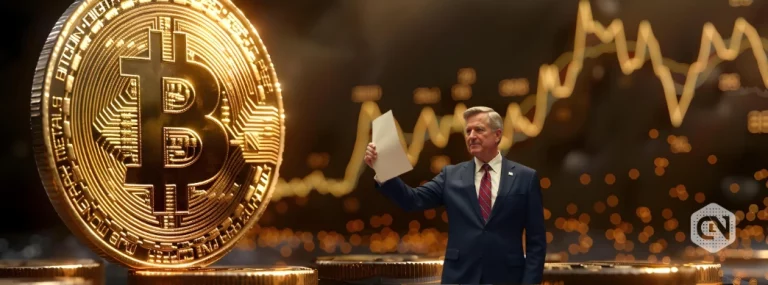
Solana’s Major Economic Proposal Targets $3 Billion in Emission Reductions
Solana, one of the leading blockchain platforms, is considering a landmark proposal to revamp its tokenomics model by substantially reducing its emissions. With a projected cut of 22.3 million SOL, valued at around $3 billion, this initiative represents the most significant shift in the blockchain’s economic framework to date.
Double Disinflation Rate: A Simple Yet Impactful Change
The proposal, titled SIMD-0411, suggests doubling the annual disinflation rate from 15% to 30%. This strategic move is designed to fast-track Solana’s shift towards a 1.5% inflation target, accelerating the timeline from 2032 to 2029. According to its authors, the adjustment is simple to implement and comes with minimal risks of introducing bugs or unforeseen complications.
Proponents of the change argue that reducing emission rates will not only strengthen Solana’s scarcity mechanics but also curb persistent sell pressure, positioning SOL as a more resilient and mature digital asset. Advocates compare this transition to Bitcoin and Ethereum’s successful adoption of scarcity-driven economic models.
The Scarcity Advantage: Emulating Market Leaders
The proposed emission reduction aims to emulate the economic principles that have historically bolstered Bitcoin and Ethereum. Current Solana emission schedules have often been compared to a “leaky bucket,” consistently diluting token holders’ value. By reducing the supply rate, Solana hopes to create a more attractive dynamic for investors, boosting market sentiment and stabilizing prices.
DeFi Impact and Risks to Validators
Beyond the immediate price stability benefits, the measure is poised to reshape decentralized finance (DeFi) on the Solana network. By reducing staking yields from 6.41% to a projected 2.42% within three years, the proposal seeks to shift incentives from passive validation to active liquidity provision. This means users and institutions will be more likely to deploy their assets in productive activities.
However, a drawback of the reduced emission model is its potential impact on validators. Up to 47 validators could become unprofitable in the next three years due to diminishing rewards. While the proposal describes this churn as minimal, it raises concerns about centralization, as operational costs might prioritize larger, better-capitalized operators capable of surviving solely on transaction fees.
Early Backing and Long-Term Vision
Despite the risks, the proposal has received widespread support from ecosystem stakeholders. The shift to a scarcity-driven model reflects Solana’s ambition to establish itself as a stable and mature blockchain network, attracting institutional investors and long-term participants. This economic pivot aligns with the broader industry trend towards sustainable and scarcity-driven blockchain models.
Featured Product: Ledger Nano X for Secure SOL Storage
If you’re considering investing in SOL or already a holder, ensuring the security of your assets is paramount. The Ledger Nano X is a trusted cryptocurrency hardware wallet that supports Solana and other major tokens. With state-of-the-art security features and a user-friendly design, it’s the perfect companion for managing your digital assets securely.
Conclusion
Solana’s bold move to cut $3 billion in emissions embodies the network’s commitment to adapting to market demands and improving its long-term sustainability. By doubling its disinflation rate, Solana is preparing to compete with top-tier networks like Bitcoin and Ethereum, recreating the scarcity dynamics that have proven successful elsewhere in the crypto market.



